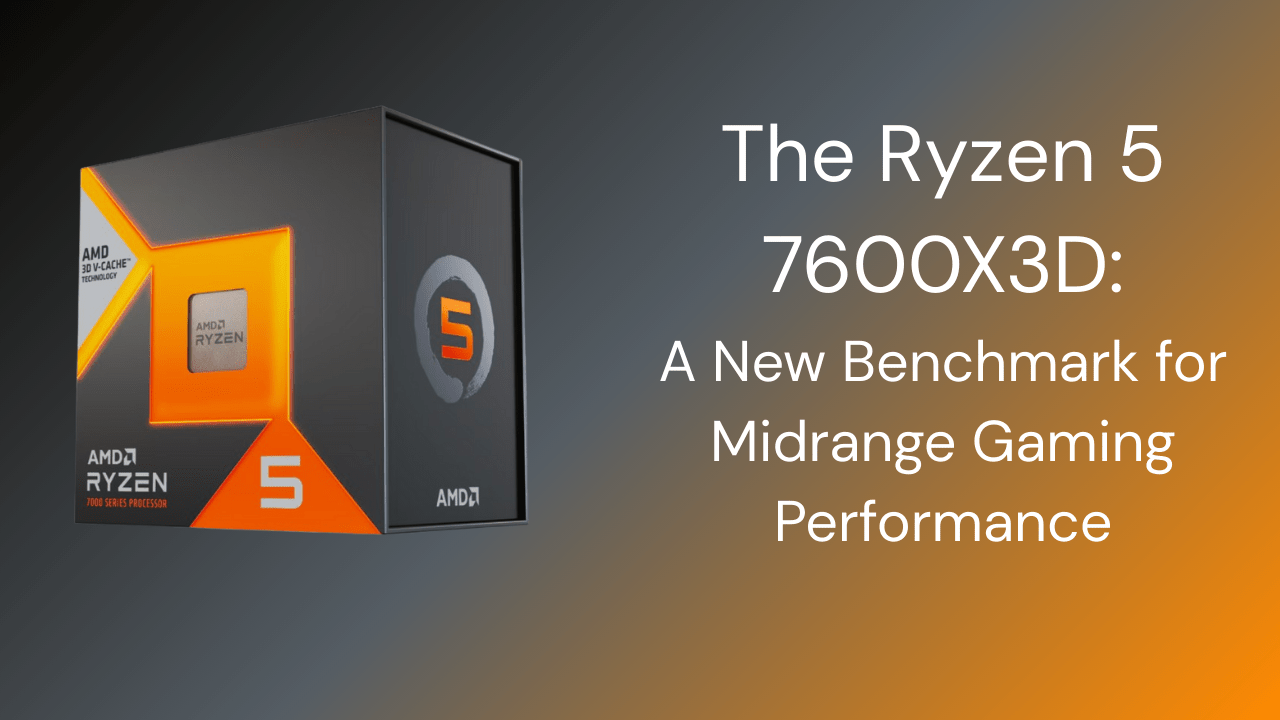Cooling is one of the most critical aspects of keeping a computer running at its best. Fans are at the heart of any cooling setup, moving heat away from components and maintaining stable temperatures. While many factors influence how well a fan performs, one of the most important is the design of its blades.
The shape and structure of fan blades directly impact how much air a fan can move and how much noise it produces. Every detail matters, from the curvature of each blade to its length, width, and angle. These characteristics work together to determine airflow and pressure, which are the two main forces behind effective cooling. Fans designed for high airflow move large volumes of air and are best suited for open spaces in a case or as exhaust fans. These typically have thinner blades that spin quickly and circulate air efficiently in environments with little resistance.
In contrast, fans built for static pressure excel in situations where airflow is blocked by obstacles like radiators, heat sinks, or tightly packed components. These fans usually have blades that are wider and shaped to focus air into a concentrated stream. This allows them to maintain pressure and move air through narrow spaces, making them ideal for water-cooled systems or densely populated areas of a build.
Blade material also plays a big part in performance. Lightweight yet durable materials are preferred because they reduce strain on the motor and maintain stability at higher speeds. Well-balanced blades are crucial for minimizing vibration and keeping noise levels low. The more precise the design and construction, the quieter and more reliable the fan becomes, even when running at full speed.
Even small changes to blade design can lead to noticeable differences in how a fan performs. Some models are optimized for silence with special shapes that reduce turbulence and create smoother airflow. Others are focused on maximum performance, delivering as much air as possible at the cost of a louder operation.
Understanding how fan blades influence airflow and pressure can help you choose the right fan for your needs. Whether you are building a system that prioritizes quiet operation, maximum cooling power, or a balance of both, the fan blade design is a critical factor. By selecting fans that match your goals, you can create a cooling setup that keeps your PC efficient, quiet, and cool under pressure.



